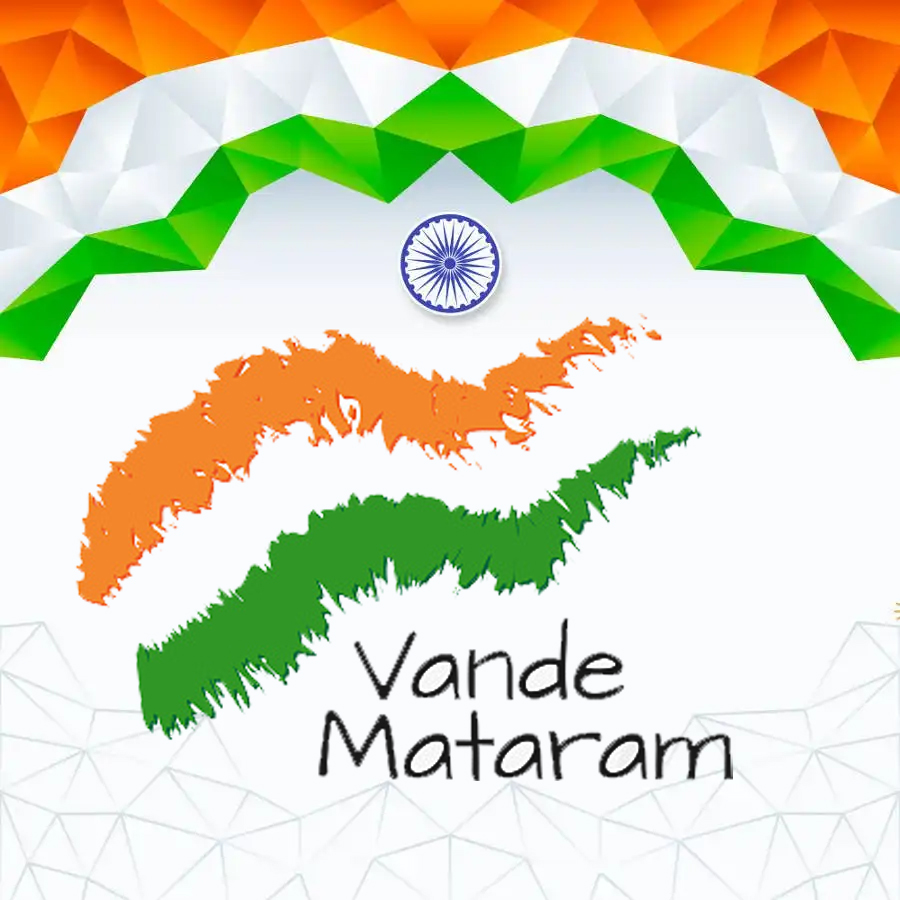As India commemorates its 75th year of independence, we see the tricolor flag soaring high. It fills us with not only pride but also makes us nostalgic about our past. The alluring version of MAA TUGHE SALAM by famous music composer A.R. Rehman and VANDE MAATARAM by the nightingale of India Smt. Lata Mangeshkar compels us to hum along. So, what makes it so distinct, especially this year?
There is a lot of buzz as to whether are we celebrating the 75th or the 76th Independence Day this year.
Some argue that August 15, 1948 was the first year of Independence so logically it is the 75th Independence Day. However, the fact that we became Independent from the 15th day of August 1947 itself, hence we can also mark this year as the completion of 75 years of freedom or in other words ‘The 76th Independence Day.
This Azadi ka Mahotsav or the grand celebration of freedom was marked by several campaigns and events such as ‘HAR GHAR TIRANGA’ to ‘PINNING A FLAG’, there was an overwhelming response from Indians not only in India but across the globe. This year the celebration was dedicated to the people, culture, and achievements celebrating the evolutionary journey of India from 1947 till 2022.
Let’s explore some amazing facts!!!
The theme of 2022 Independence Day is -NATION FIRST, ALWAYS FIRST.
India got independence from British rule 75 years ago in 1947, the British rule began in India with the footfall of the English East India Company in the year, 1757, who came with the mindset of trade but soon began to exercise its control over the subcontinent. No sooner than the oppression grew the people of India under the leadership of Mahatma Gandhi, Jawaharlal Nehru, Maulana Azad, Sardar Patel, Subhash Chandra Bose, BR Ambedkar, and many other freedom fighters, determined to see their motherland free from the shackles of slavery and oppression fought and shed their blood but made sure we got our freedom.
The Tiranga- the Indian National Flag represents the hopes and aspirations of the Indians, a symbol of our national pride. Several martyrs before and after independence have ungrudgingly laid down their lives to keep the tricolor flying in its full glory.
The Indian national flag with three horizontal stripes of red, yellow, and green was hoisted on August 7, 1906, at Parsee Bagan Square in Kolkata. The first variant of our current national flag was designed by Shri Pingali Venkayya in 1921.
The National Flag of India was adopted in its present form on 22 July 1947, a few days before India’s independence from the British on August 15, 1947.
The National Flag is made up of three-color bands of equal width.
The Saffron- signifies strength and courage.
The White in the middle -signifies peace and purity.
The Green -signifies fertility and growth.
The navy-blue Dharma Chakra made up of 24 spokes -depicts motion, signifying persistent efforts and progress.
The National Anthem was originally composed as ’Bharoto Bhagyo Bidhata ‘by Nobel Laureate Rabindranath Tagore in 1911, this song was renamed ‘Jan Gan Man’ and adopted as our National Anthem on January 24, 1950, by the Constituent Assembly of India.
Our National Song ‘Vande Mataram’, was part of a Bengali novel ‘Anandmath’ written by Bankim Chandra Chatterjee in 1880. It was sung for the first time by Rabindranath Tagore in 1896 and announced as the national song on January 24, 1950.
Korea, Congo, Bahrain, and Liechtenstein also share their Independence Day with India on the same day, August 15, 1947.
Let’s compile everything with these beautiful words:
“Every citizen of India must remember that he is an Indian and he has every right in this country but with certain duties.”- Sardar Vallabhbhai Patel.
JAI HIND!!!!!




